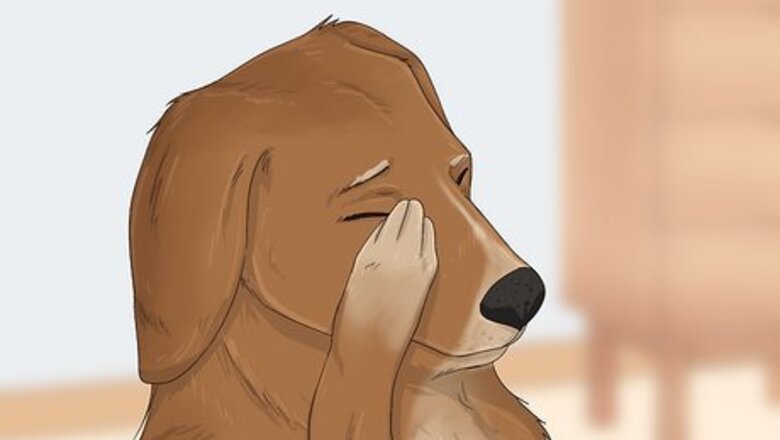
views
Treating Eye Scratches
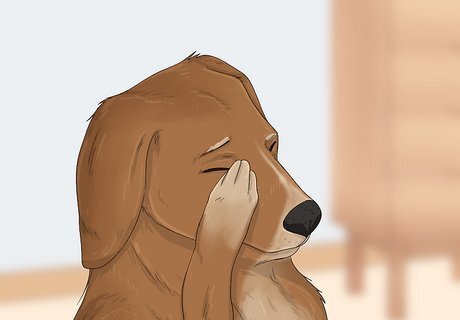
Assess the severity of the scratches. If the injury to the eye is superficial and does not give your dog much discomfort, you can usually wait a few days to see the scratches heal on their own before setting up a veterinary appointment. However, if the scratches are severe, or the eye looks infected, then you should get a veterinary appointment immediately. If you are not sure about the severity of the scratches to your dog's eye, take it to a veterinarian. They can assess your dog's eyes thoroughly and can weigh the need for treatment versus the dog's ability to heal itself.

Take your dog to a veterinarian. If your dog is in severe discomfort or the eye is getting worse over a day or two, then you should make an appointment at your veterinarian. It is important to get treatment for eye scratches that are not healing before they develop into a more severe issue. Your veterinarian will be able to get a closer look at your dog's eye by using specialty instruments. This allows the vet to assess the trauma thoroughly. If left untreated, scratches to the eye can develop into serious infections, which could potentially impact your dog's vision long-term. For example, corneal ulcers can develop in areas of the cornea that are damaged but do not heal. This damage to the clear exterior of the eye can progress deep into the eye, eventually damaging your dog's sight if it goes untreated.
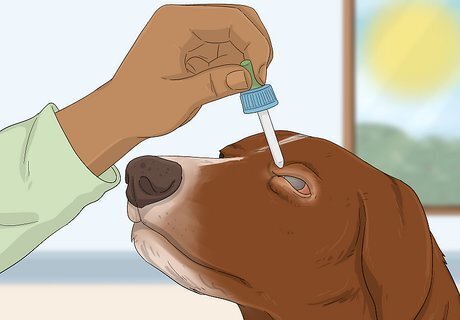
Apply drops or ointment. In most cases of light scratches, your veterinarian will prescribe drops or ointment to be applied to the eye. These medications will help the injury heal and will keep infections at bay. Your veterinarian will usually apply the first dose but you will need to apply additional doses at home. How often and how long you apply these medications will vary depending on the severity of the injury and what type of medication your veterinarian prescribes. Follow your veterinarian's instructions for application and feel free to call your veterinary office if you have further questions about the medication's application.
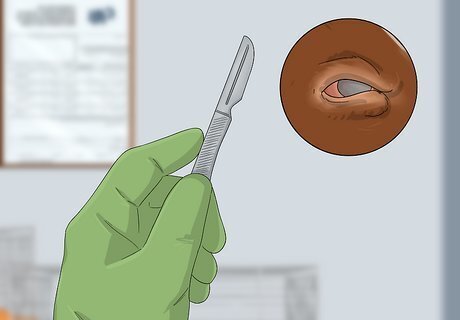
Consider more invasive treatments. If the damage to your dog's eye is more serious, your veterinarian may suggest surgery to correct the issue. In the case of severe corneal ulcers, for instance, some veterinary surgeons will suggest corneal transplants or grafts in order to save your dog's vision. As with all surgeries, there are risks to your dog's health when being put under anesthesia for surgery. Be sure that your veterinarian has assessed your dog's overall health and made sure that it is fit enough to undergo surgery before your dog is put under. This usually includes a physical exam and blood tests to look for risk factors and health problems.
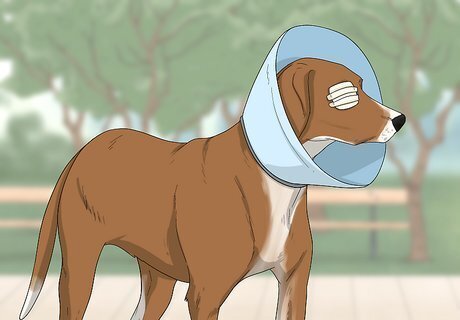
Keep an eye on the injury. Once your dog starts treatment, you should keep an eye out for the signs of proper healing. Make sure that your dog's injury and symptoms are improving and not getting worse. This includes making sure your dog's eye is getting less red, expelling less puss, and that it is causing your dog less and less discomfort. If your dog will not leave its injury alone, you may need to put a cone on the dog to keep it from scratching its eyes. If your dog's injury is getting worse, for instance, there are signs of infection, then you should consult with your veterinarian. Tell them about the new symptoms and they will tell you whether or not to bring your dog back into the veterinary office.
Spotting Injuries to the Eyes
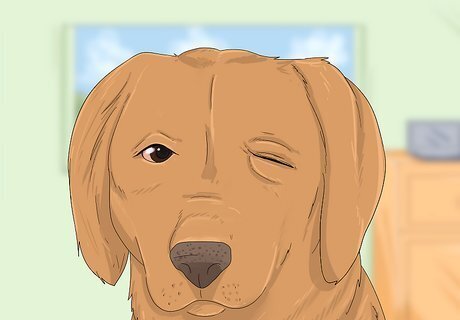
Look for excessive squinting or blinking. When your dog gets a minor injury to its eye, it may squint or blink repeatedly to deal with the discomfort. If you notice this behavior your dog may have a scratched eye. Repeated blinking or squinting may signal a different problem as well. For instance, your dog may simply have a foreign body in its eye that can be removed easily.
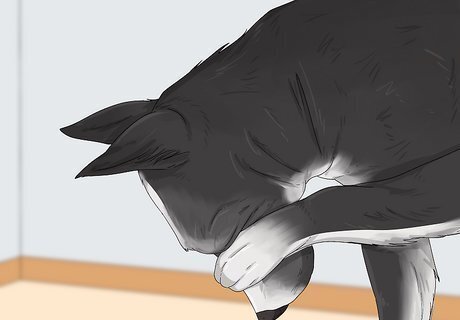
Pay attention to signs of irritation and pain. If your dog is pawing at its eyes repeatedly, or rubbing its eye area on the ground, it may have an injury to its eyes. This behavior indicates that the dog it trying to deal with some discomfort in the area. Pawing or rubbing at the eyes signals an issue but it does not indicate exactly what is going on. The discomfort could be caused by a scratch or injury to the eye, but it could also signal some sort of illness or condition inside the eye, such as glaucoma. Stop your dog from scratching or rubbing at its eye. This behavior can do more damage to the eye. If you have a cone for your dog, put it on. If not, you should cover the eye with a bandage and watch that your dog doesn't rub at it until you can get veterinary treatment.
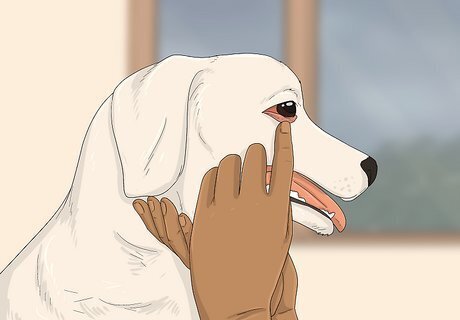
Inspect your dog's eyes. Take a look at your dog's eye if the dog is exhibiting signs of discomfort. Hold the dog still and open up the eyelids so that you can get a good look at the surface of the eye. If you can see deep scratches, redness, or discharge coming from the eye, then you should get your dog checked out by a veterinarian. You may need bright light to illuminate the surface of the eye in order to see the scratches. It is likely that you will need a helper to hold your dog still while you are inspecting its eye. This is especially true if you need to hold your dog's eyelids open in order to get a good look at the surface of the eye.

Try to wash out your dog's eye. If you see a foreign body, use an eyewash to get it out. If you suspect that your dog has something in its eye but you don't actually see anything, you should still use a pet eyewash to flush the eye of irritants. Hold your dog still and flush the eye several times. You may need a helper to hold your dog still while you do this. Using tweezers, for instance, can risk further injury to the eye if your dog moves while you are near its eyeball.















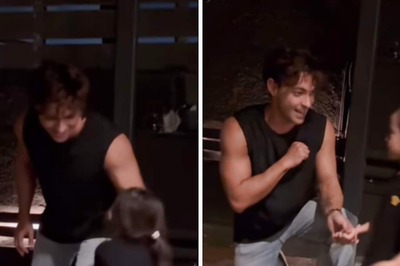


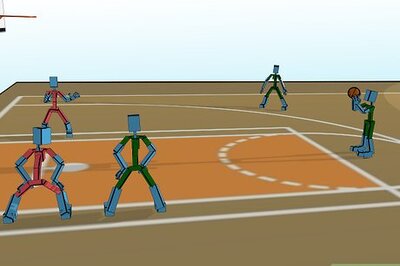
Comments
0 comment